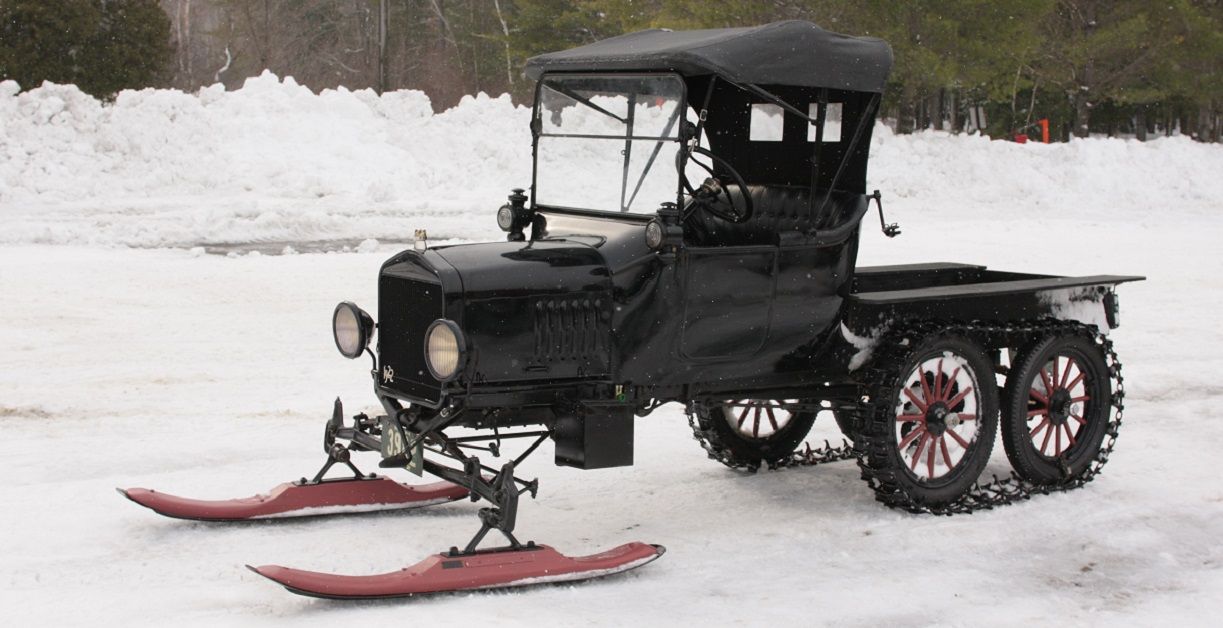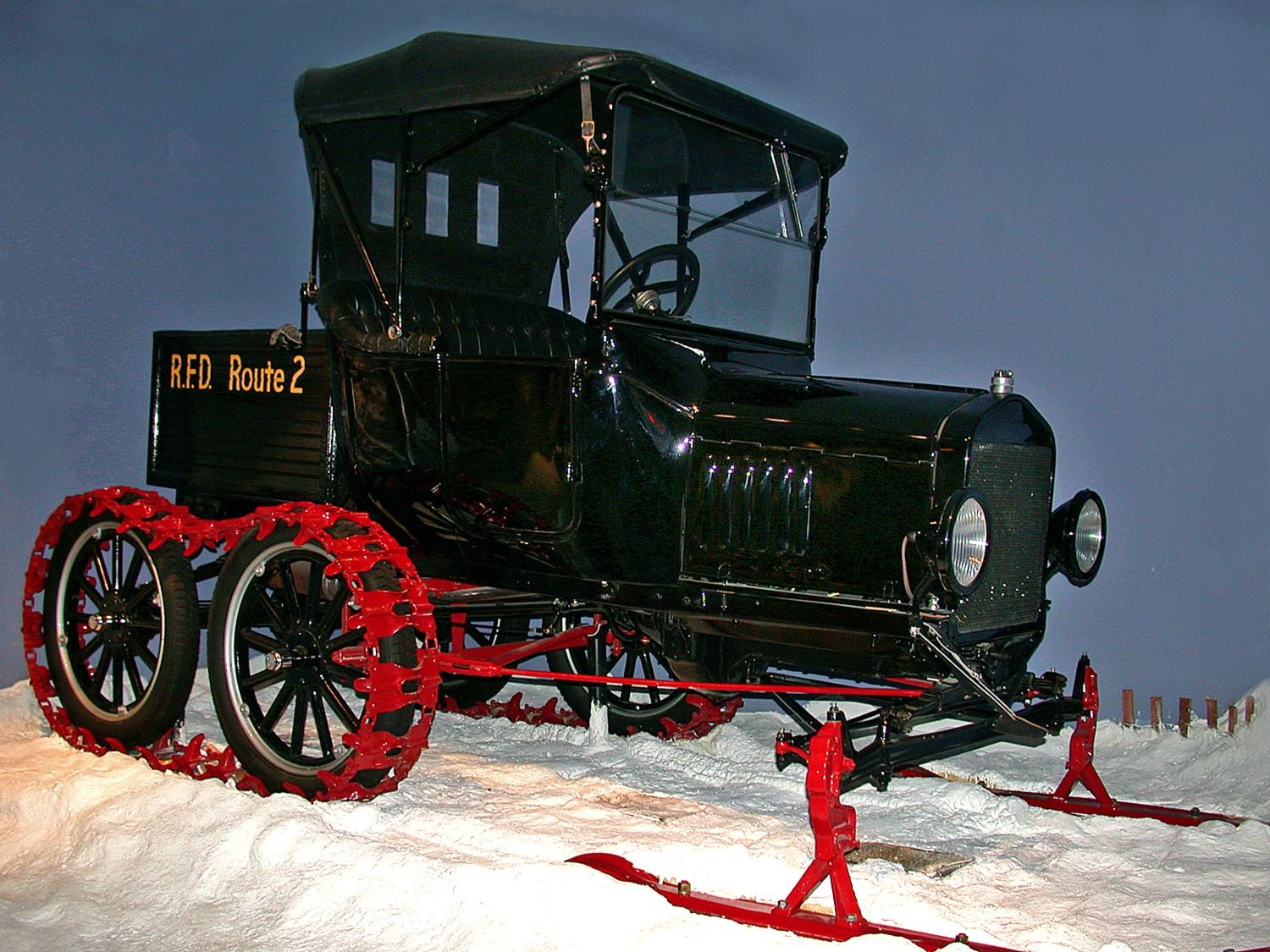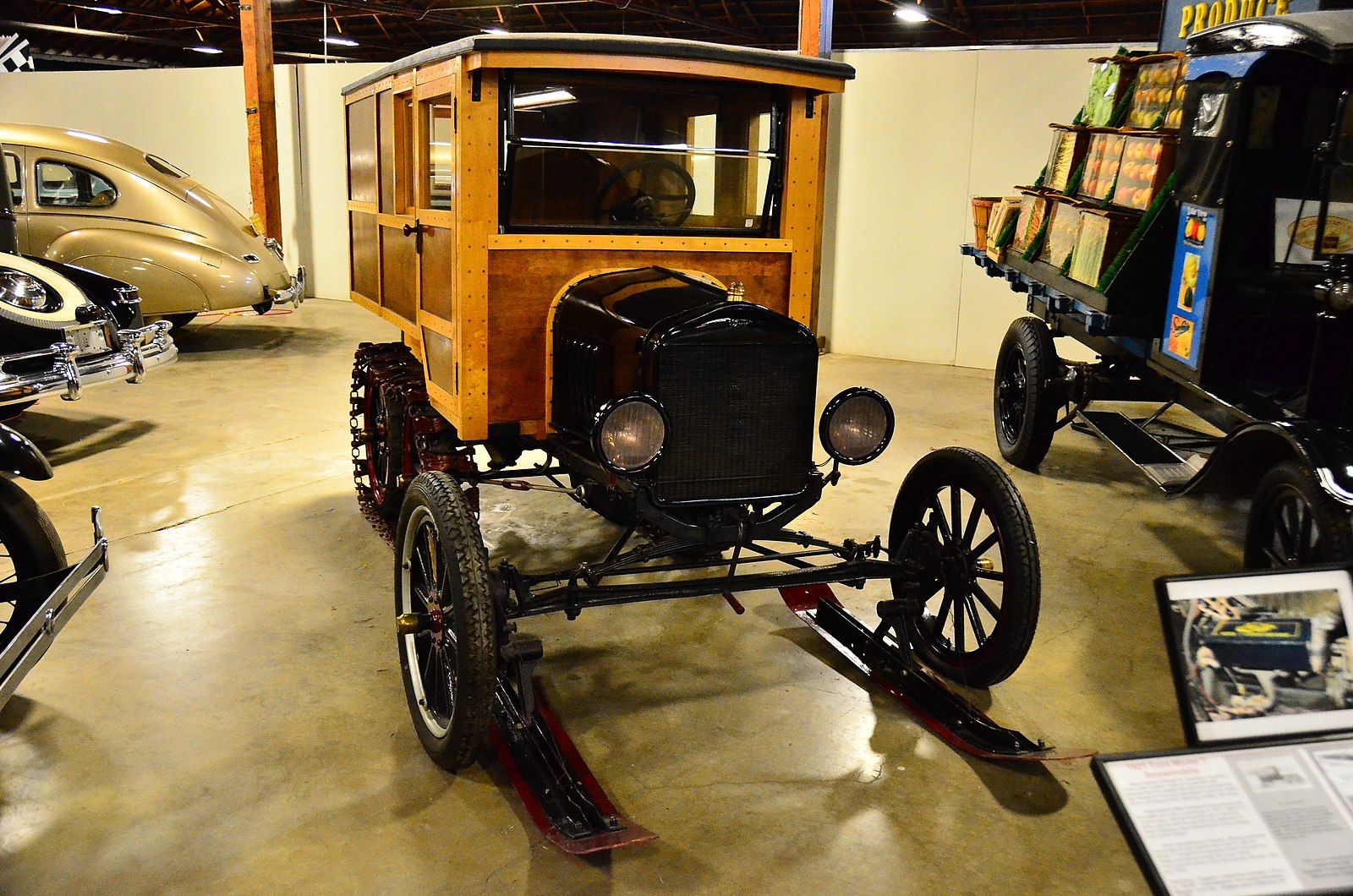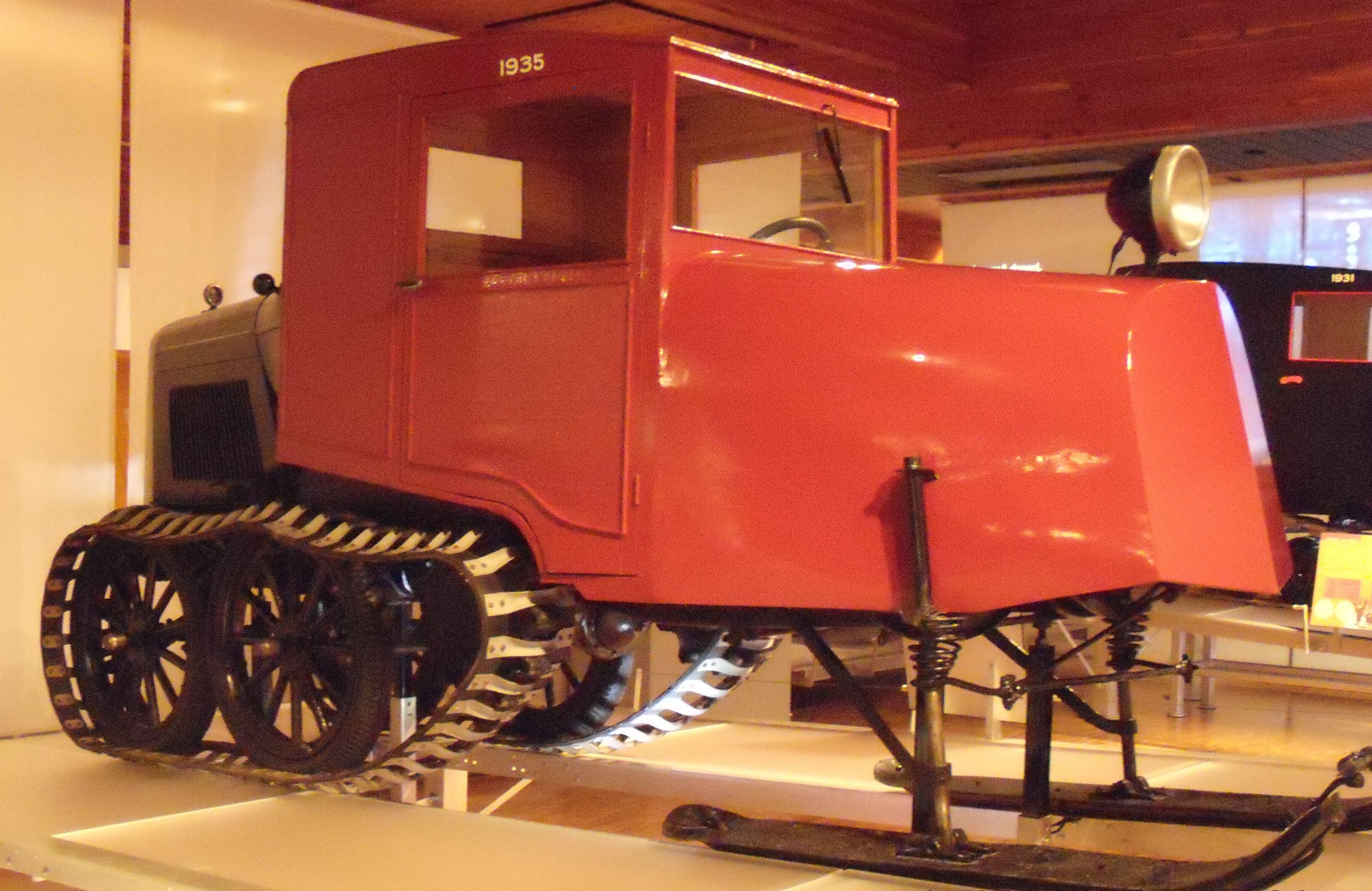If you live in an area that experiences extremely heavy snowfall throughout the winter, then you're probably well aware of how important it is to have a vehicle that can traverse these conditions in a safe manner.
Icy roads, massive snowdrifts, and even just large amounts of snow at the end of your driveway are all daily obstacles that one might face during the "cold season." As a result of this, many people in these areas tend to buy cars that have winter-favorable traits like that of all-wheel drive and higher ground clearance (or, at the very least, mount some snow tires onto their car).
Now, while all of these characteristics are great things to have in a vehicle, they still aren't fool-proof. Remember, your vehicle does probably weigh quite a bit, and it was likely originally designed for use on public roads. Because of this, it's probably the case that your car, truck, or SUV, still won't perform as well when you veer onto that unplowed backwoods trail. To accomplish that task, you're probably going to need to get yourself a snowmobile.
Again, most people based in these already know this. However, what many individuals might not know, is the fact that the world's first snowmobile actually was a car. Specifically, it was a Ford Model T, albeit a modified one.
Let's discuss how a Ford Model T introduced the world to the concept of the snow machine.
It Was Designed As An Add On For The Model T
Back in 1913, a Ford dealer in West Ossipee, New Hampshire, named Virgil White, decided that he was getting pretty sick and tired of his Model T constantly getting stuck in the snow. As a result of his anger towards Mother Nature, White would go on to patent a conversion kit that would transform his horseless carriage into a snow-devouring tank. Nine years later, he would be selling these kits to eager customers at his very own dealership.
Like modern snowmobiles, the conversion kit removed the wheels at the front and replaced them with two runners (one on each side). More importantly, however, the kit allowed individuals to fit a track and two smaller (yet heavy-duty) wheels on each side of their motorcar. Ultimately, this allowed the "tankified" Model T to scoot across the snow quite briskly and with relative ease.
White's Model T Snowmobile Was Offered In Multiple Gauges
The tracks themselves were made out of stamped steel shoes and tied together with metal chains (originally, they were actually tied together by fabric). Further, White also offered various types of tracks that ultimately allowed the Model T to tackle different kinds of terrain. Among these was even a thinner set of galvanized tracks that would allow the Model T to drive within the tracks of a horse-drawn sled.
Interestingly, there were even reports that White produced a set of tracks that were made exclusively for navigating deep sand. Unlike the snow set up, however, this kit still retained the actual wheels and tires at the front. Reportedly, some of these vehicles ultimately made it to sand-covered countries like Egypt, Algeria, and South Africa.
Many More Were Sold Under A Different Name
Between 1923 and 1924, White was able to manufacture and sell 70 units of his snow conquering invention. Since these snowmobiles worked so well, demand began to accrue and eventually outweigh the supply that White could offer. As a result of this, White decided to sell the rights to produce his creation to the Farm Specialty Manufacturing Company.
Thankfully, the new owners had many more resources and much more experience when it came to manufacturing than that of White. Because of this, the company was able to produce and sell 3,300 units per year until the factory burned down in 1929. Sadly for future Model T owners, the factory wasn't rebuilt, and the company itself would go out of business entirely.
We Now Have Some Incredible Snow Machines Thanks To Virgil White
Soon after the glory days of the Model T snowmobile, a Canadian man named Joseph-Armand Bombardier would pick up the reigns from where White had left off and would continue to develop his own snow machine. In 1935, he unveiled his own snowmobile (pictured below), which somewhat resembled the design of a Model T. Either way, this machine would eventually further pave the way for the snowmobile to continuously evolve and develop.
Today, we now have access to all kinds of snowmobiles that are able to accomplish some truly exceptional feats. Whether it means journeying to the North Pole or blitzing across the ice at over 200 mph, you can bet that someone has accomplished it on a snowmobile.
We've come a long way in this department over the past 100 or so years. Funnily enough, it's all thanks to some guy who was tired of getting his car stuck in the snow (it sure is crazy what you can accomplish when you're annoyed enough).






